Blog
-
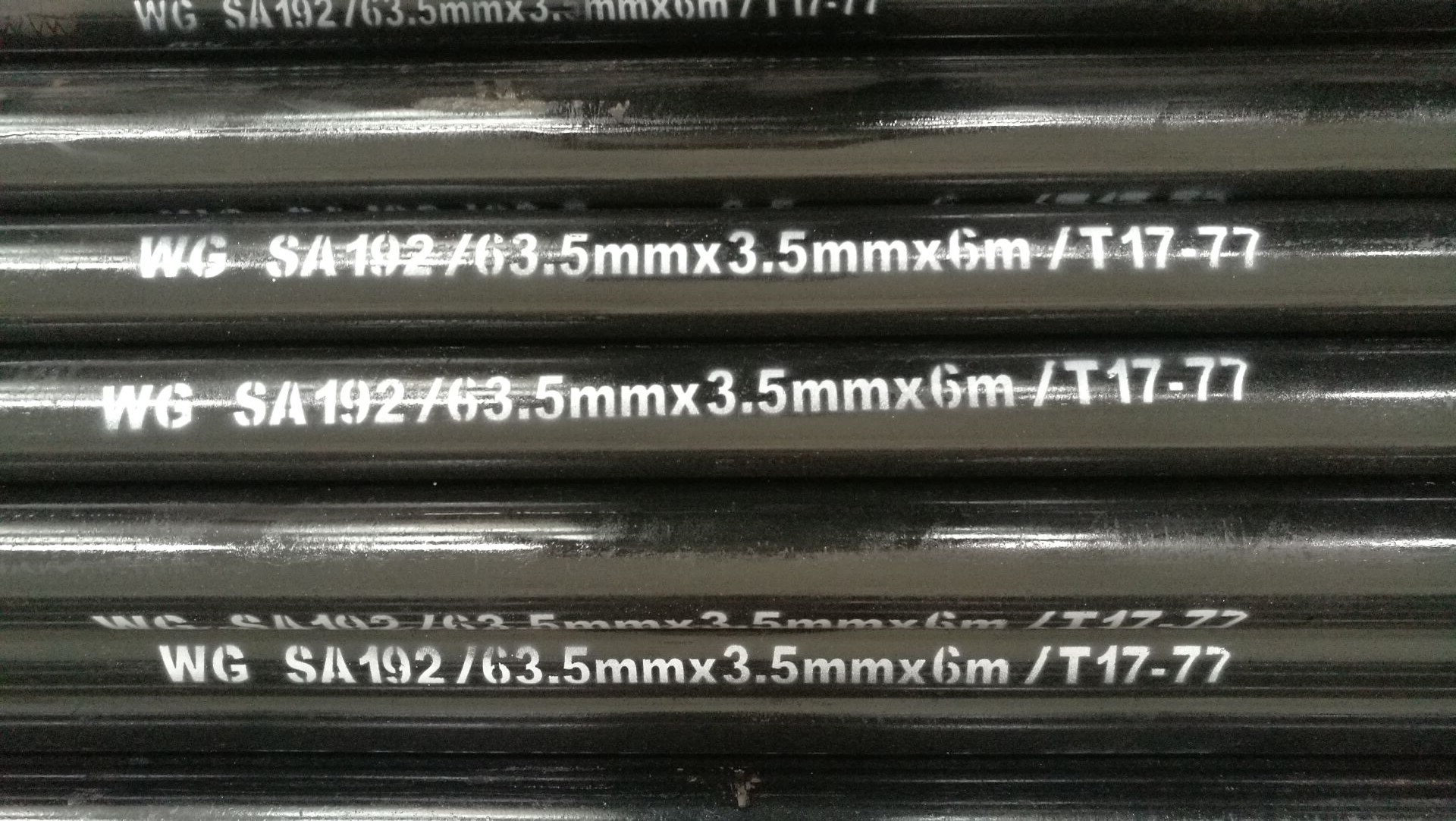
Welded Stainless Steel Tubing-Welded Steel Pipe
The many unique values provided by stainless steel make it a powerful candidate in materials selection. Corrosion resistance, hygiene and strength of stainless steel make it an ideal choice in the Medical, Aerospace and Industrial industries. To learn more about these benefits see here. The two major categories for tubing and pipe are seamless and welded. The major difference being the seam that is on a welded tube and not on a seamless tube just as the names indicate. Seamless pipe has the increased ability to withstand pressure; because there is no weld seam it is equally strong around the entire circumference. On welded tubing the weld seam is not recognized by the naked eye and takes on the appearance of seamless. Welded tubes have excellent concentricity, are more readily available and cost effective for most applications.Read more -
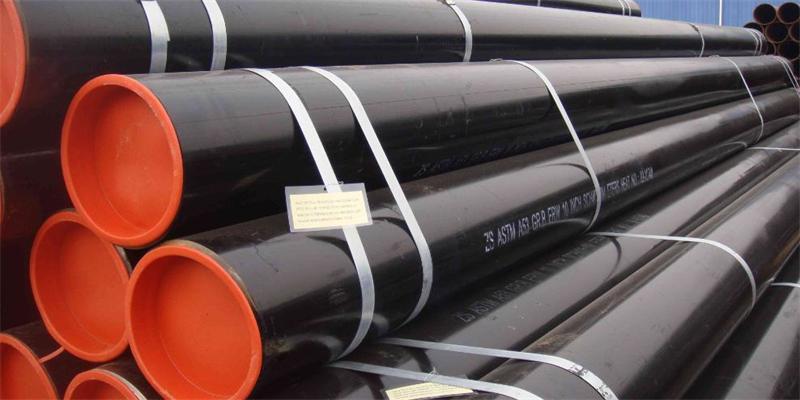
Stainless Steel Tubing: Welded Vs. Seamless-Stainless steel pipe
Welded tubing is produced by rolling strips of stainless steel into a tube and then welding along its full length. After welding, the weld seam, or bead, can be refined by cold rolling and forging methods or left as is.Cold forming results in smoother finishes and tighter tolerances. Welded tubing can even be drawn like seamless tubing to offer a better weld seam, and surface finish. Welded tubing can also be produced with thinner walls on larger diameter tubes, compared to seamless tubing. Because welded tubing requires less processing, it is typically quicker to produce as well as lower in cost than seamless tubing.The down side of welded tubing comes in the form of high pressure and heavy wall applications. The long welded seam causes a stress concentration point, reducing pressure ratings to 80% of comparable seamless tubing. Also, the stainless material used to create welded tubing must be thin enough to roll effectively. Therefore, heavy wall tubing is less feasible as welded tubing.Read more -
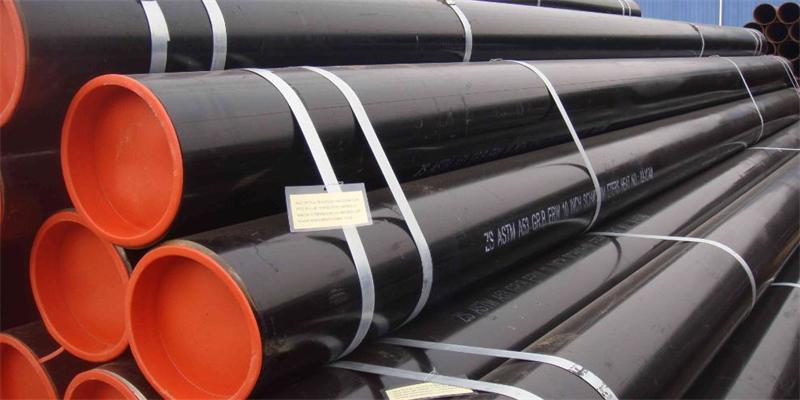
Seamless pipes: their manufacturing process-Stainless steel pipe
Innovations in the metal sector do not lie solely in the creation of new alloys or in the improvement of the machines used to create them. There are also improvements in existing parts, small details that make a part more practical for a specific function, as in the case of seamless tube manufacturing.If you want to know their history, how they are manufactured and when you should use this type of tube instead of another, keep reading, because we are going to cover these and other topics in today’s post. It is our small tribute to the small big changes.Read more -
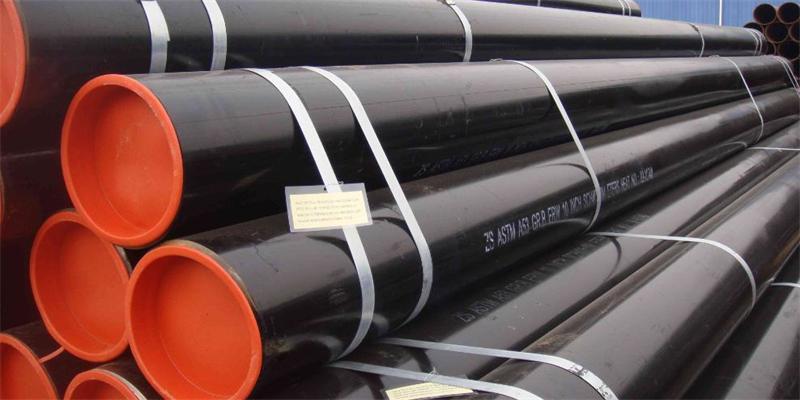
How is stainless steel pipe made?-Carbon Steel Pipes
Raw Material: The process begins with the selection of appropriate raw materials, which are typically steel billets or steel coils. These materials should have the necessary chemical composition and physical properties suitable for the intended application.Tube Formation: There are several methods used to form steel tubing, including: a. Seamless Tube Manufacturing:i. Piercing: A steel billet is heated and pierced by a piercing mill to create a hollow tube called a shell.ii. Rotary Sizing: The shell is further elongated and shaped to the desired diameter and thickness using a rotary sizing mill.iii. Finishing: The tube may undergo additional processes, such as straightening, heat treatment, and surface finishing, to meet specific requirements.Read more -
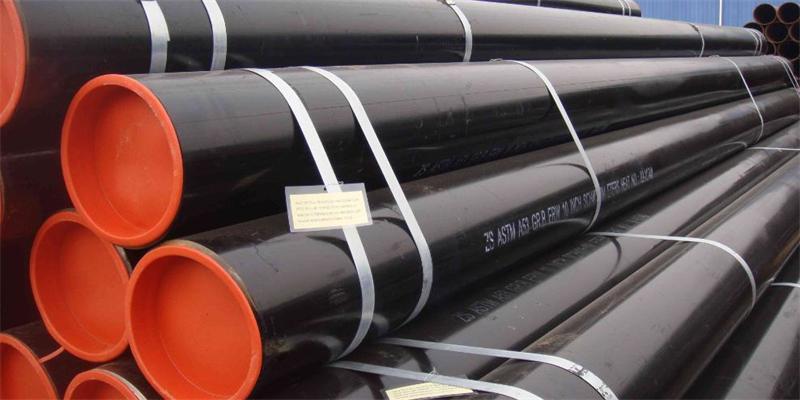
Breaking Down Common Steel Tube Processes and Finishes- Welded Steel Pipe
Abbreviated ERW, this is a format that signals a specific welding process – actually two processes, spot and seam welding. This process involves several specific steps where the steel is unwound and trimmed, then passed through rollers to cold-form the steel into the proper shape (circular, square or rectangular).From here, the edges are forced together into a butt joint, then welded at a very high temperature to form a flash weld. Once the weld is tested, the tube passes through various sizing rolls to achieve the proper size, and then the length is cut. The materials used here will generally be available in both hot-rolled and cold-rolled formats.Read more -
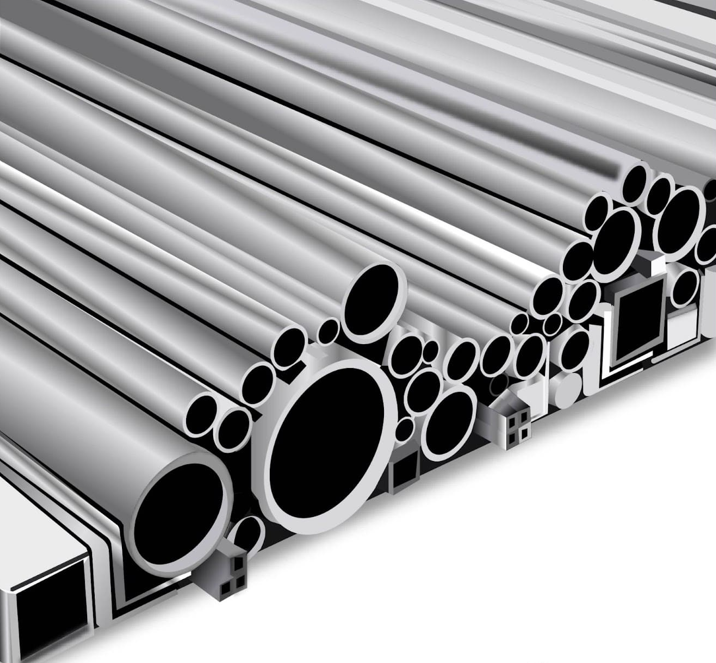
Talk about Stainless Steel Tubing- Stainless Steel Tubing
Stainless steel tubing is a strong and durable material that is used for structural purposes and is corrosion resistant with little need for maintenance. The diameters and variations of stainless tubing differ based on the requirements of an application and how it is to be used.For most people, piping and tubing are the same, which has led to a certain amount of confusion regarding the use of the two products. Since both products have a circular or round cross section, it is assumed that they perform the same functions. Unlike pipes, tubes come in multiple shapes such as square and rectangular as well as the round shape.One of the main differences between pipes and tubes is how they are used. Piping is a transport mechanism used for moving gases and liquids and not for structural purposes. It is measured by its inside diameter (ID). Tubing is used for structural purposes and is measured by its outside diameter and its wall thickness.Read more -
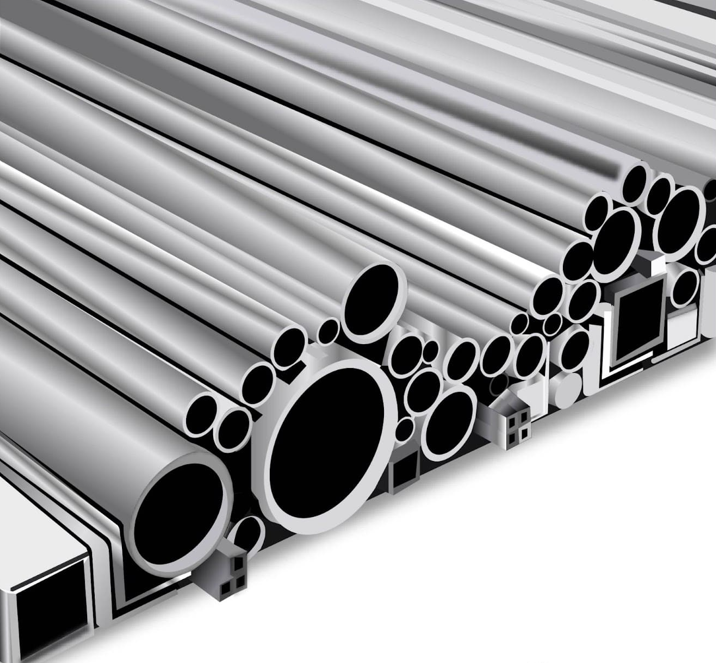
Seamless Mechanical Tube-Stainless steel pipe
Abbreviated ERW, this is a format that signals a specific welding process – actually two processes, spot and seam welding. This process involves several specific steps where the steel is unwound and trimmed, then passed through rollers to cold-form the steel into the proper shape (circular, square or rectangular).From here, the edges are forced together into a butt joint, then welded at a very high temperature to form a flash weld. Once the weld is tested, the tube passes through various sizing rolls to achieve the proper size, and then the length is cut. The materials used here will generally be available in both hot-rolled and cold-rolled formats.Read more -
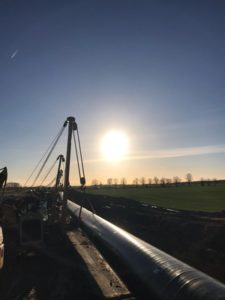
how are steel tubes made-Welded Steel Pipe-ERW Steel Pipe
The use of steel pipes was started by a Scottish inventor in 1815 connecting the tubes to convey gas for lights. In 1836, the United Kingdom had a patent for the production of seamless steel pipes by the extrusion method, but it was not until 1885 that the German Mannismann brothers invented the process of directly producing seamless pipes from bar steel. The Mannismann brothers first invented the second in 1885. The roll cross-rolling piercing machine, invented the periodic tube rolling machine in 1891, and in 1903, the Swiss R Stiefel (RCStiefel) invented the automatic tube rolling machine (also known as the head-type tube rolling machine). Later, continuous tube rolling appeared All kinds of extension machines, such as machine and pipe jacking machine, began to form the modern seamless steel pipe industry.Read more -
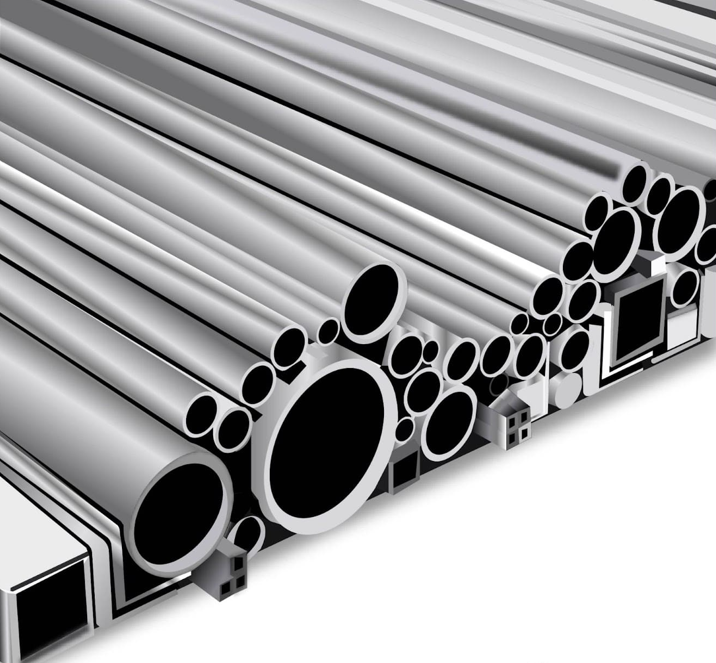
What is Stainless Steel Tubing?-Stainless steel pipe
Stainless steel tubing is a strong and durable material that is used for structural purposes and is corrosion resistant with little need for maintenance. The diameters and variations of stainless tubing differ based on the requirements of an application and how it is to be used.For most people, piping and tubing are the same, which has led to a certain amount of confusion regarding the use of the two products. Since both products have a circular or round cross section, it is assumed that they perform the same functions. Unlike pipes, tubes come in multiple shapes such as square and rectangular as well as the round shape.One of the main differences between pipes and tubes is how they are used. Piping is a transport mechanism used for moving gases and liquids and not for structural purposes. It is measured by its inside diameter (ID). Tubing is used for structural purposes and is measured by its outside diameter and its wall thickness.Read more